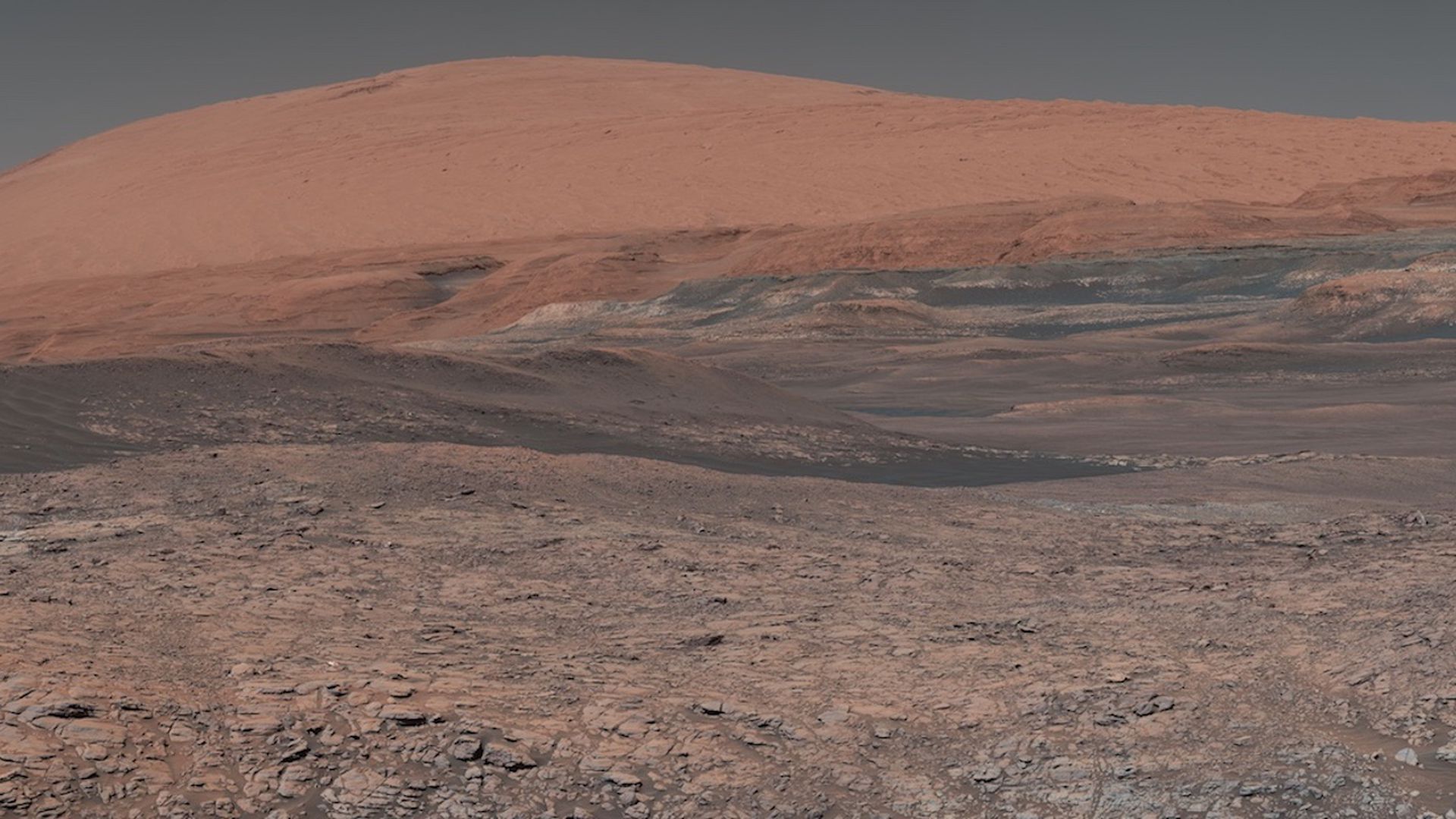
After decades of sending missions to Mars, NASA is now zeroing in on regions of the red planet that they think have the best chance of determining whether the world has hosted — or hosts — life.
The big picture: Scientists are now able to point to parts of Mars that were once likely wet and warm, with geological signatures similar to the rivers, deltas and lakes on Earth — upping the odds that those parts of Mars could have once been friendly to life.
"Habitable and inhabited are two very different questions. You can build a house and you can furnish it nicely and put food in the fridge, but that doesn't mean someone lives there." — NASA's Melissa Trainer to Axios.
Driving the news: A new study finds NASA's Mars 2020 rover will land in an area that could be the perfect place to hunt for the fossilized evidence of past life.
The landing site — known as the Jezero Crater — once was home to a long-lived lake and river delta billions of years ago.










